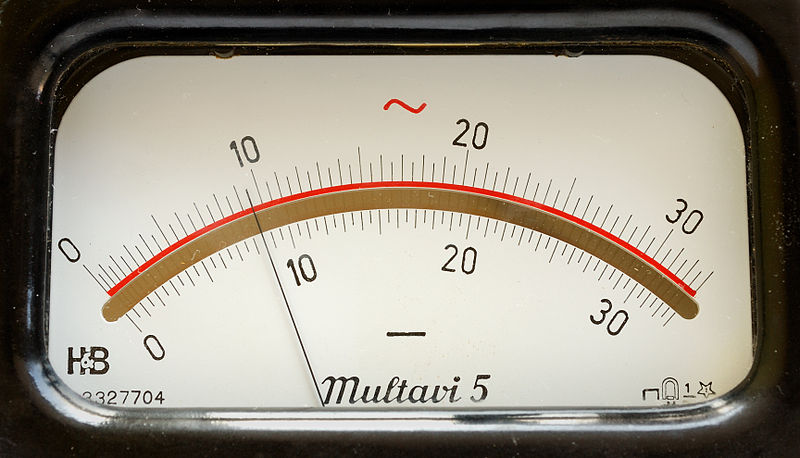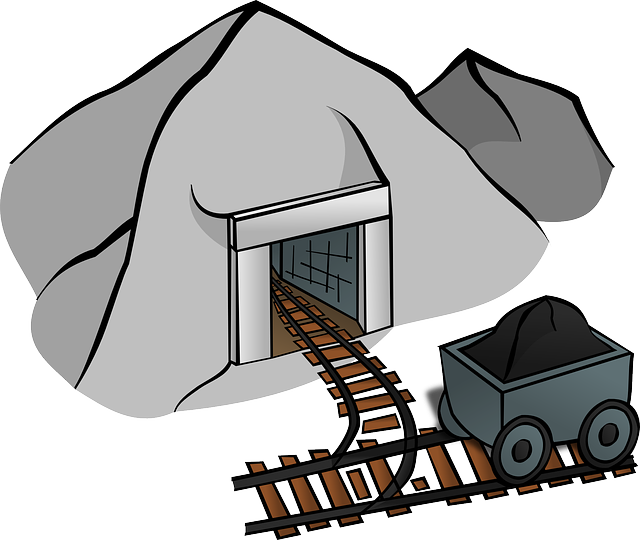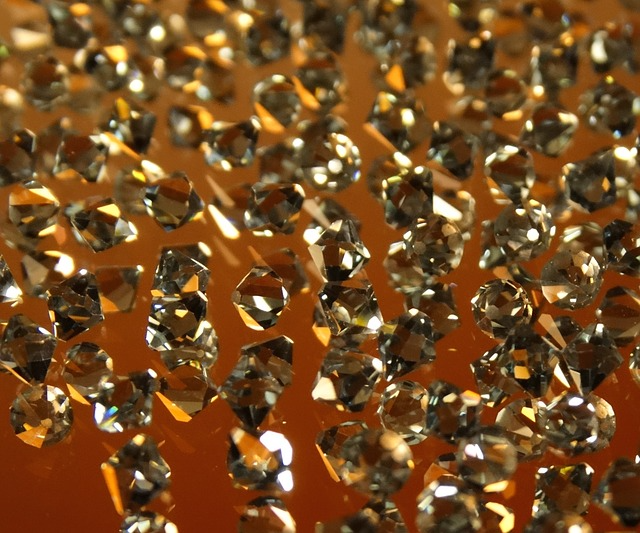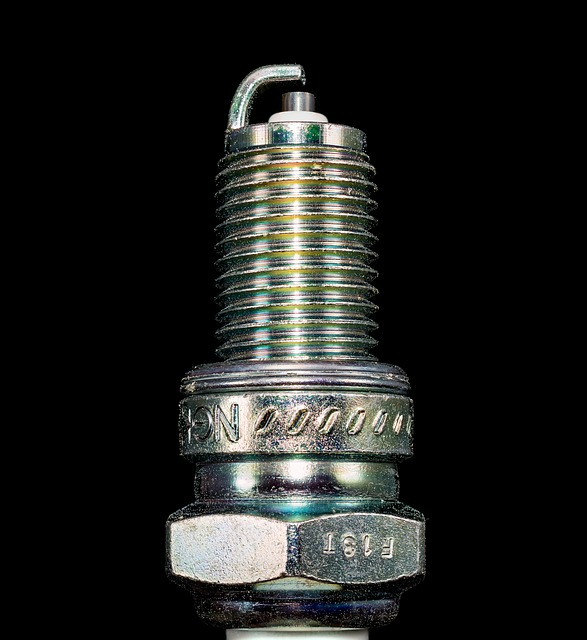Table of Contents
1. MEASUREMENT:
MEASUREMENT:
Measurement is defined as the quantification of the quality of an object or event which can be used for comparing with other objects and events.
In chemistry and other sciences, scientists do measurements of various quantities. It may be in the solid state as in powdered form or in crystals. It can be in liquid form as a solution or in gaseous form (volume).
If we observe chemical changes we might notice these changes in mass and volume with time. All chemical changes involve energy, mostly in the form of heat. So we need measurement of all these quantities to compare it.
MASS AND VOLUME:
The mass of a substance is the amount of matter it contains. It is a property of a physical body and it determines the gravitational attraction to other bodies. In chemistry, it is measured more accurately than the everyday measuring of substance, for example, a spoon of sugar or a pinch of salt. In laboratories, we use balances for measurements such as beam balance and electronic balance. Electronic balance is easy to use and can measure accurately up to 0.001 g. The SI unit for mass is the kilogram (Kg) we also use smaller units like grams (g) and milligrams (mg).
The volume of a substance is the amount of three-dimensional space it occupies. In the laboratory, the volume of a liquid is measured in a graduated beaker. for accurate measurement, a pipette or graduated cylinder may be used. Volumetric flasks are used for preparing solutions of known concentration and are also used to measure fixed volumes.
Volumes can also be measured using syringes such syringes are used by doctors for injections. Volume is usually measured in cubic centimeters (cm3), cubic decimeters, or liters.
FAQs
What is measurement?
The quantification of an object or event for comparing with other objects or events.
What is mass?
Mass is the property of a physical body and the amount of matter it contains.
What is volume?
The volume of a substance is the amount of space (3-dimensional) it occupies.




